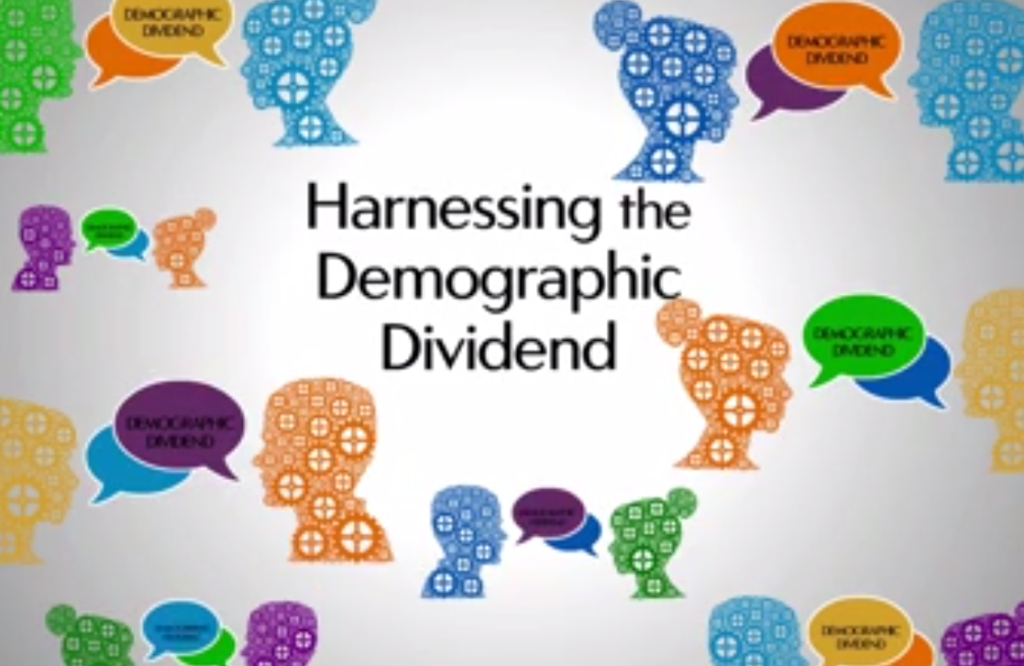Context:
The World Bank has warned that the South Asia region including India was not making use of its demographic dividend as the pace of job creation in the region fell well short of the growth in the working-age population.
Key highlights:
- Between 2000 and 2022, India experienced a decline in its employment ratio, with employment growth lagging behind the growth in the working-age population. This decline was among the highest in the region, second only to Nepal.
- Despite challenges in employment, India’s economy has shown robust growth, expected to reach 7.5% in FY23/24. This growth, along with recoveries in Sri Lanka and Pakistan, is driving strong economic numbers for the South Asian region.
- Franziska Ohnsorge, the World Bank Chief Economist for South Asia, emphasized that South Asia is failing to fully capitalize on its demographic dividend, labeling it as a missed opportunity.
- The World Bank said that weak employment trends in the region were concentrated in non-agricultural sectors.
Demographic dividend
- According to the United Nations Population Fund (UNFPA), Demographic dividend means the potential for economic growth resulting from a shift in a population’s age structure. This happens when the proportion of the working-age population (15-64 years old) is larger than the non-working-age population (14 years old and younger, or 65 years old and older).
- Earlier in 2023, UN data show that India had surpassed China to become the most populous nation, with roughly 1.4 billion people.
Current Situation:
- According to the Economic Survey 2018-19, India’s demographic dividend could peak around 2041, with the working-age (20-59 years) population reaching a high point, the population is expected to hit 59%.
- India has a large youth population (over 600 million between 18 and 35) and a growing middle class, offering a significant market for domestic consumption.
Advantages:
Economic Growth: A large young workforce can contribute to economic growth by:
- Increased Labor Supply: More workers can fill job openings and increase national output.
- Higher Savings Rate: Young people tend to save a higher proportion of their income, which can be channeled into investments.
- Entrepreneurship: A youthful population can drive innovation and entrepreneurship.
- Domestic Demand: A young population with rising incomes can boost domestic demand for goods and services, further stimulating the economy.
Challenges:
- Skill Development: Equipping the young workforce with relevant skills to meet the demands of the job market is crucial. A mismatch between skills and job requirements can lead to unemployment and underemployment.
- Job Creation: Creating enough quality jobs to absorb the growing workforce is essential. Failure to do so can lead to social unrest and economic stagnation.
- Female Labor Force Participation: Low female labor force participation in India is a significant underutilization of human capital. Increasing women’s participation can significantly boost economic growth.
- Non-agricultural Sectors: Weak employment trends are particularly pronounced in non-agricultural sectors, indicating broader challenges in the institutional and economic climate that hinder business growth.
Measures:
- Skill Development: Programs like National Skill Development Corporation (NSDC) must equip the workforce with modern skills, closing the gap between education and job market demands.
- Healthcare: Invest in infrastructure and ensure success of initiatives like Ayushman Bharat. Focus on nutrition, especially for women and children, using programs like ICDS.
- Education: Strengthen primary to higher education while fostering academia-industry collaboration to enhance employability. Schemes like Higher Education Financing Agency (HEFA) can support access.
- Job Creation: Generate quality jobs by fostering entrepreneurship (Start-up India) and improving the business environment (Ease of Doing Business).
- Urbanization: Plan for the influx of young people into cities. Schemes like Smart City Mission and AMRUT need effective implementation to ensure basic amenities and social services.
- WB Recommendation: The World Bank suggests several measures to boost employment, including supporting women’s participation in the economy, improving access to finance, promoting trade openness, easing financial sector regulations, and enhancing education.

